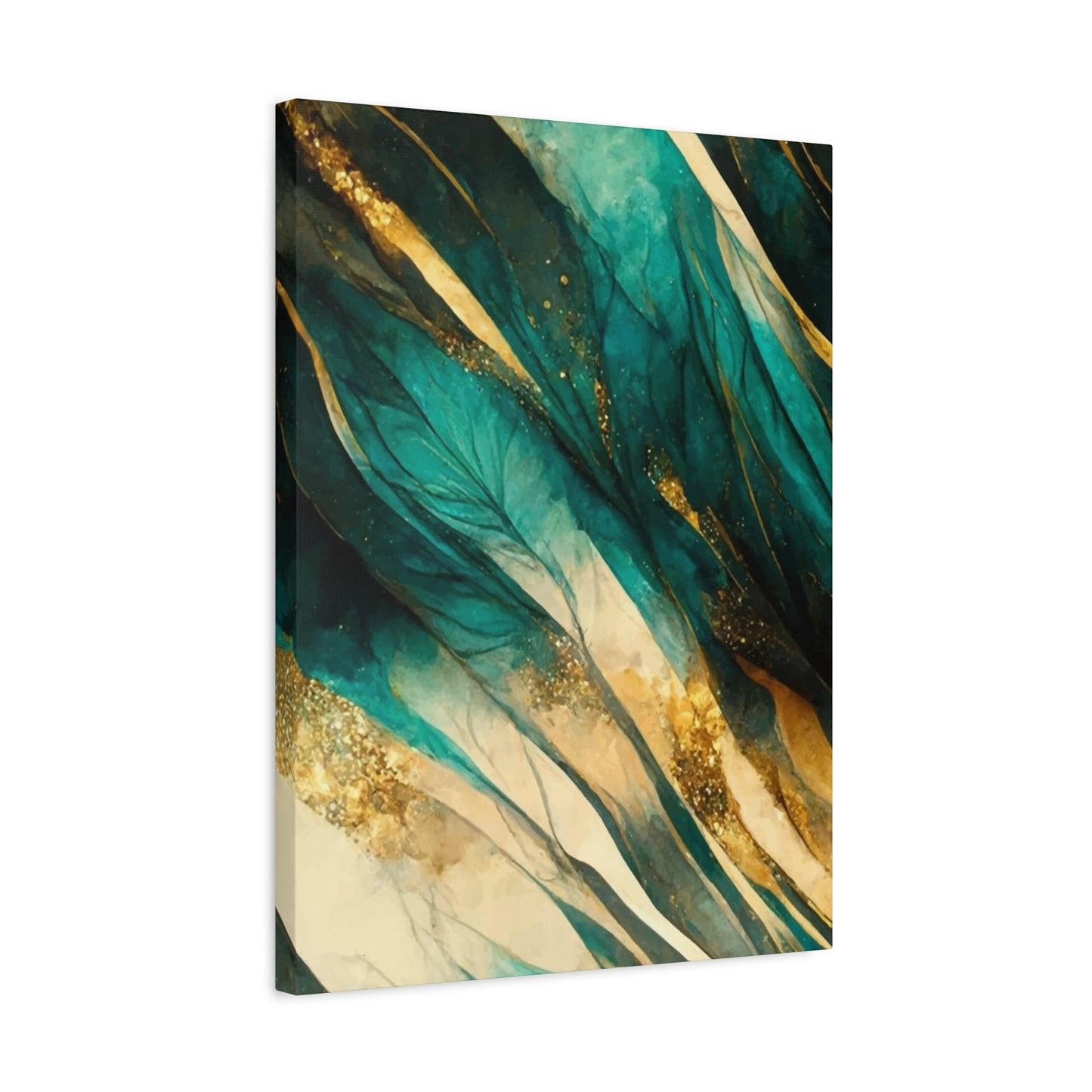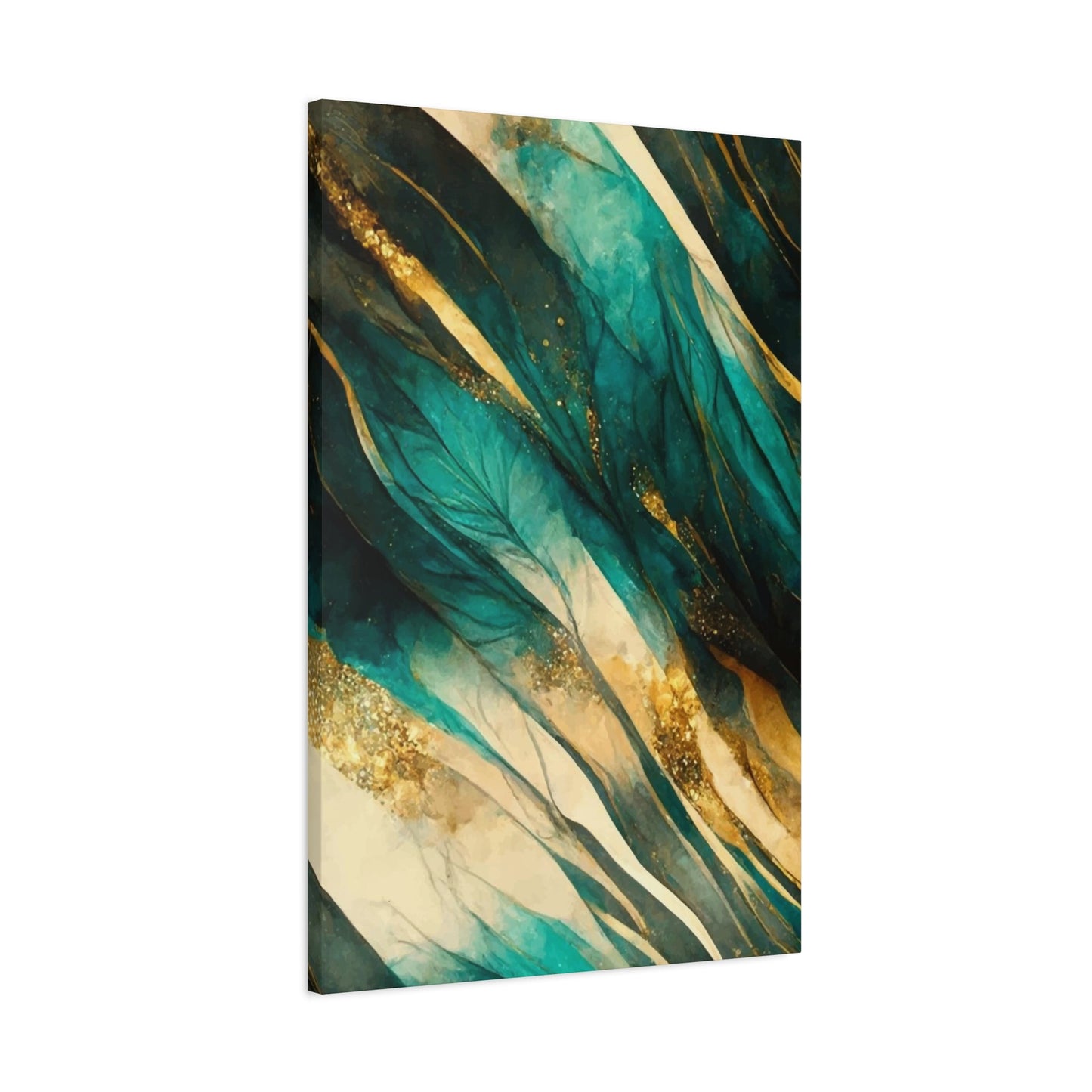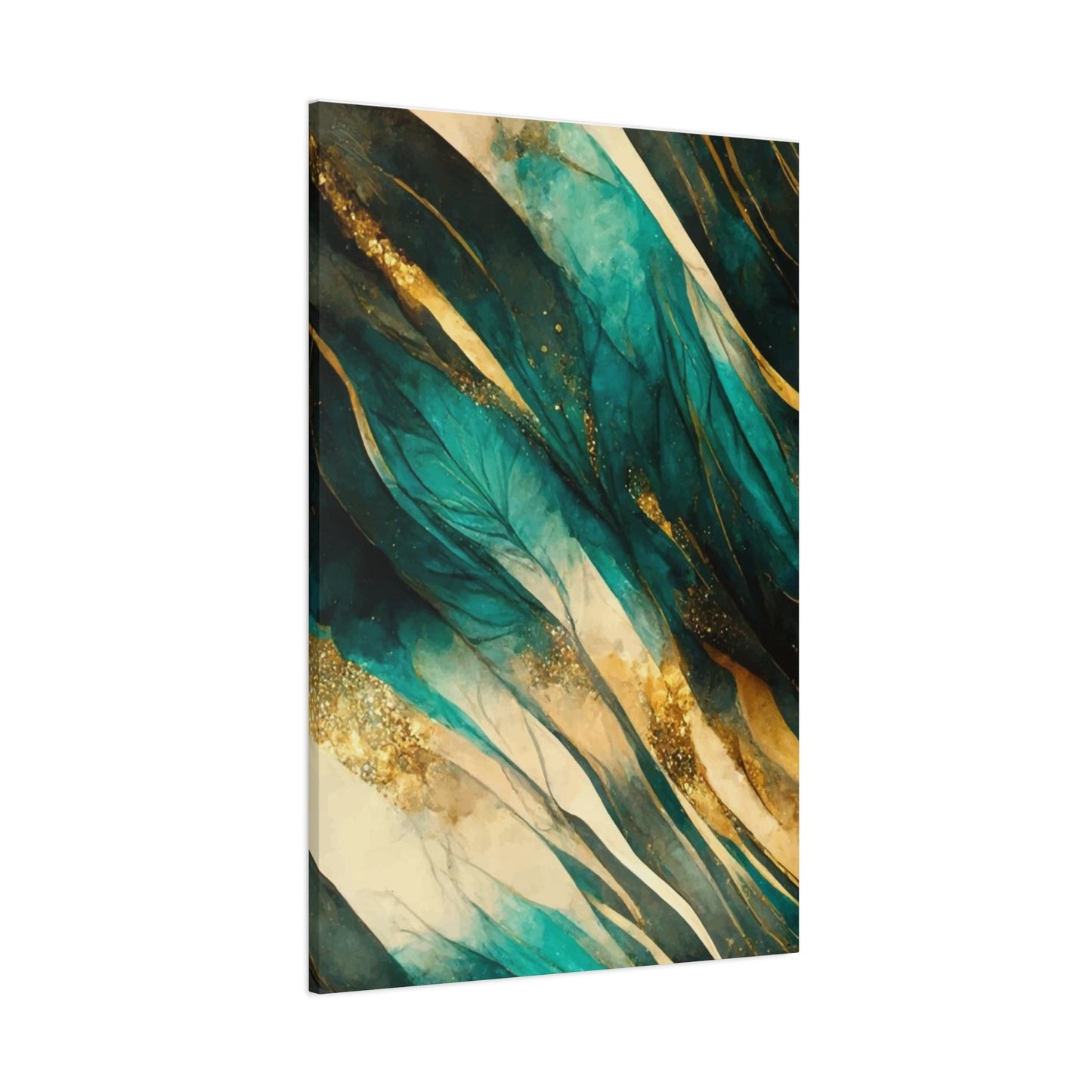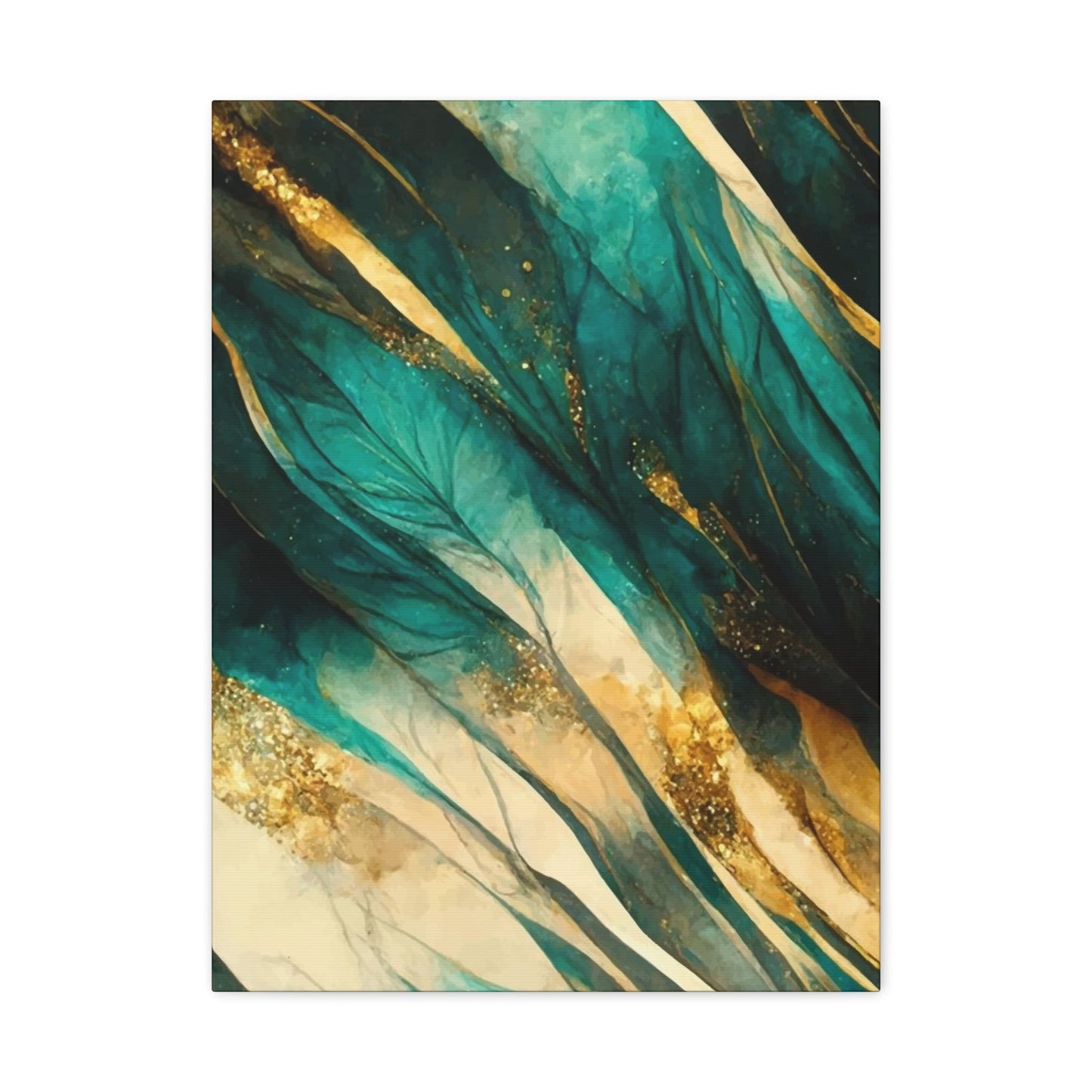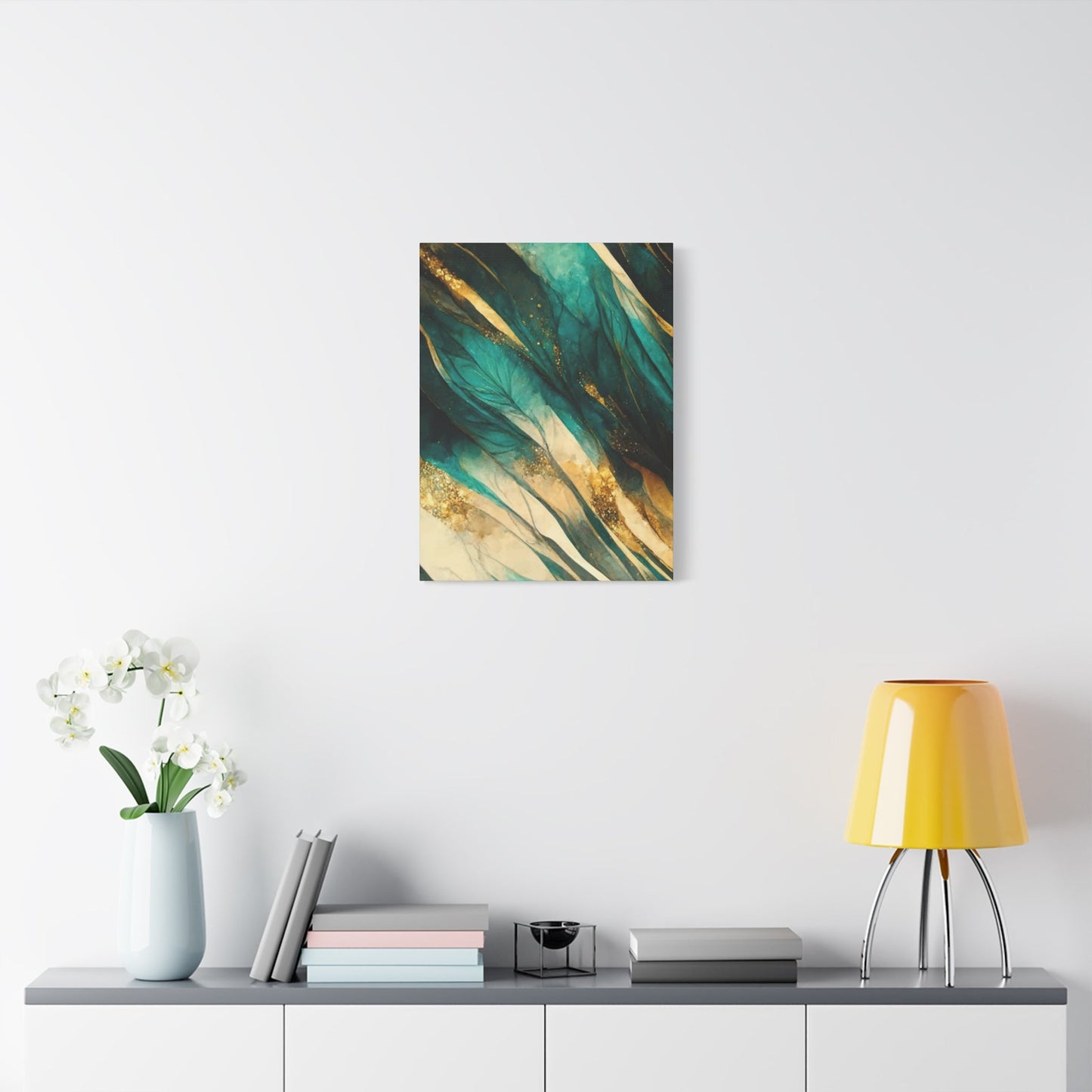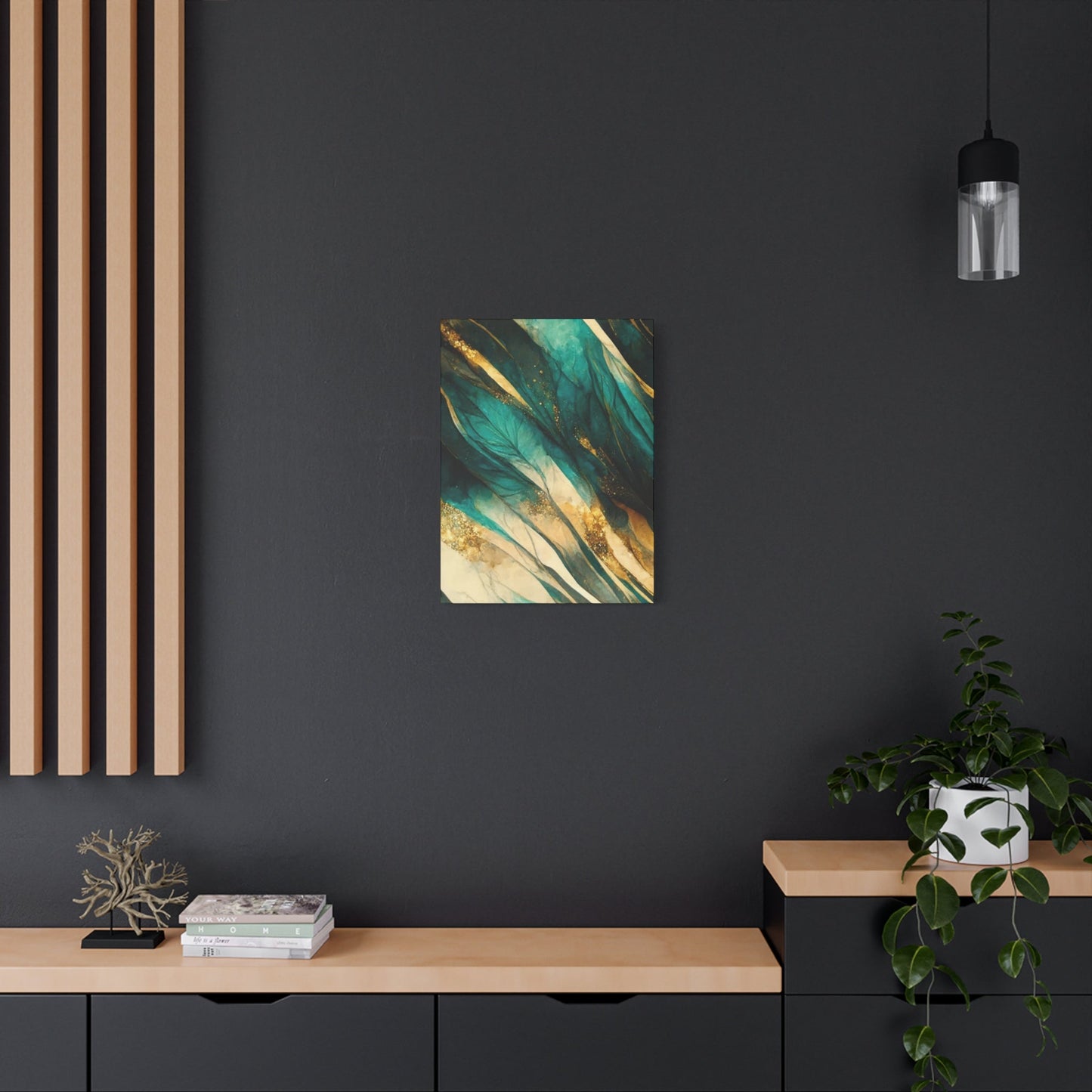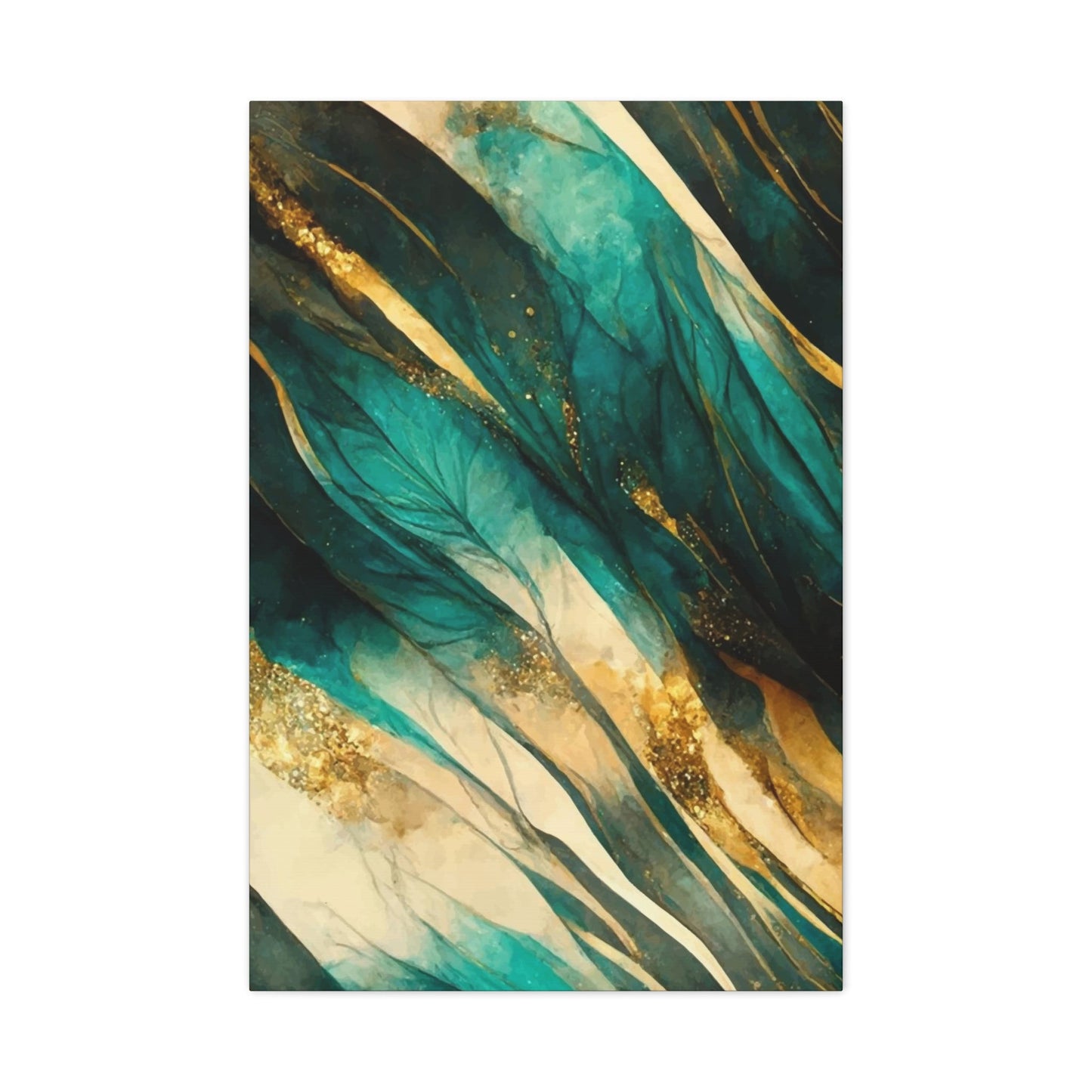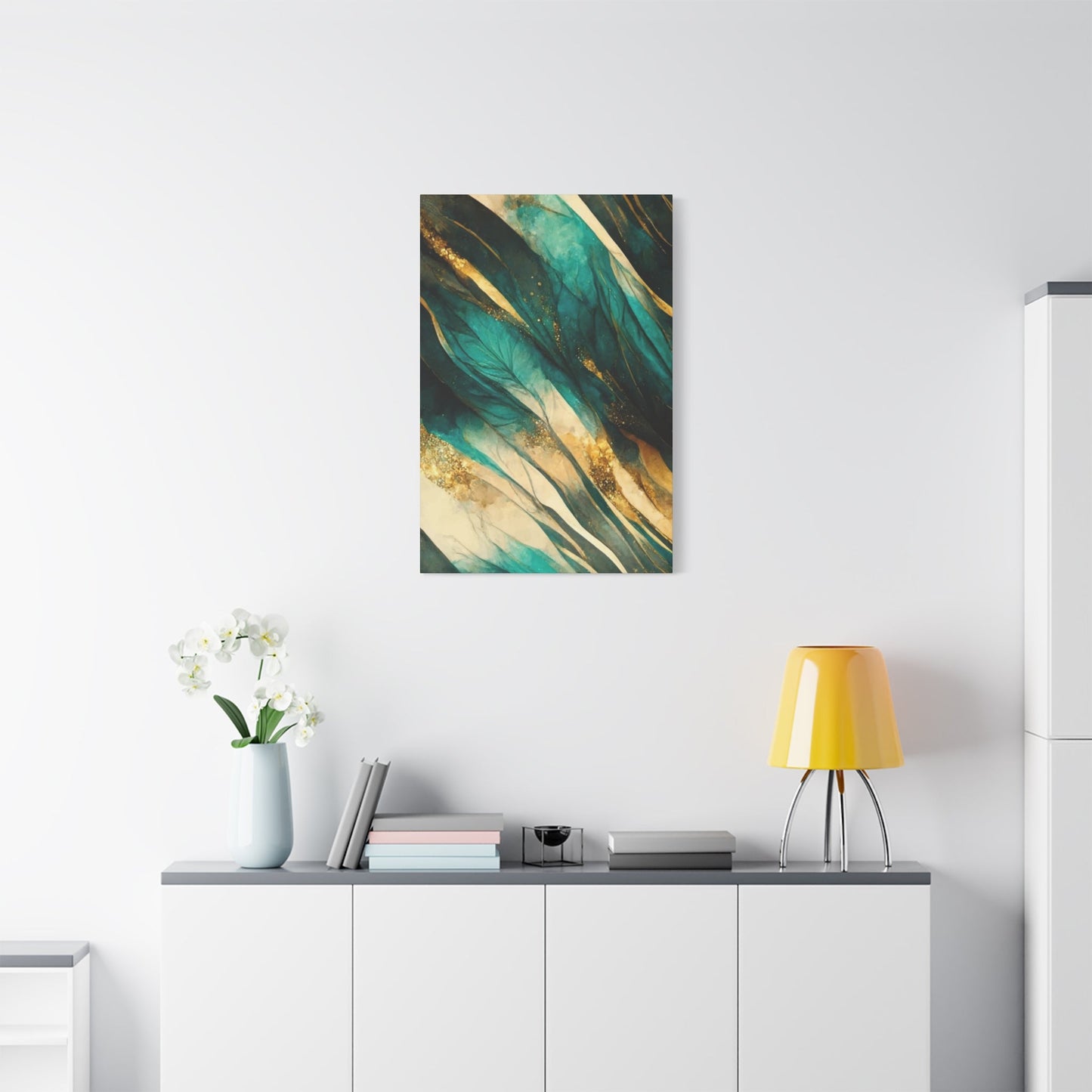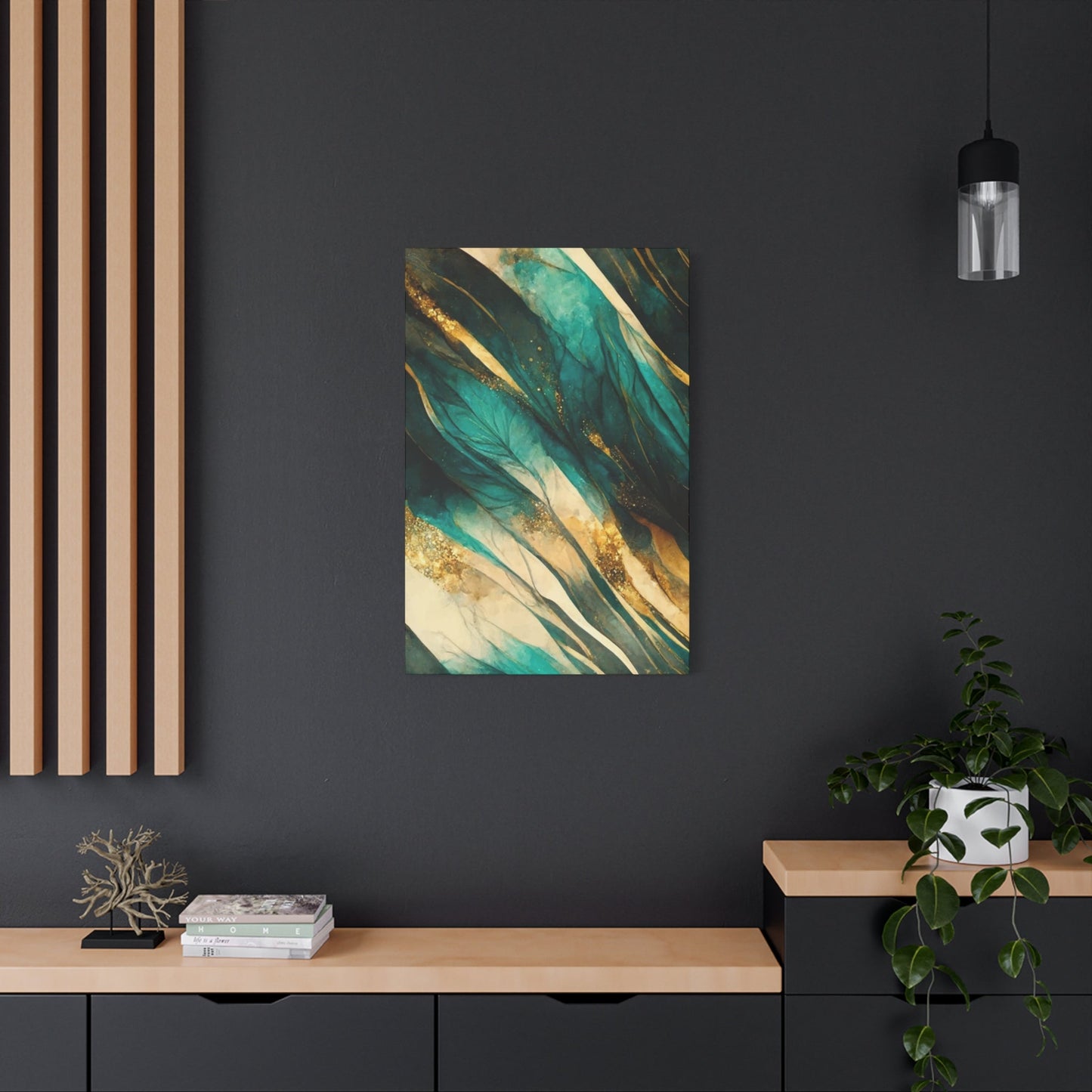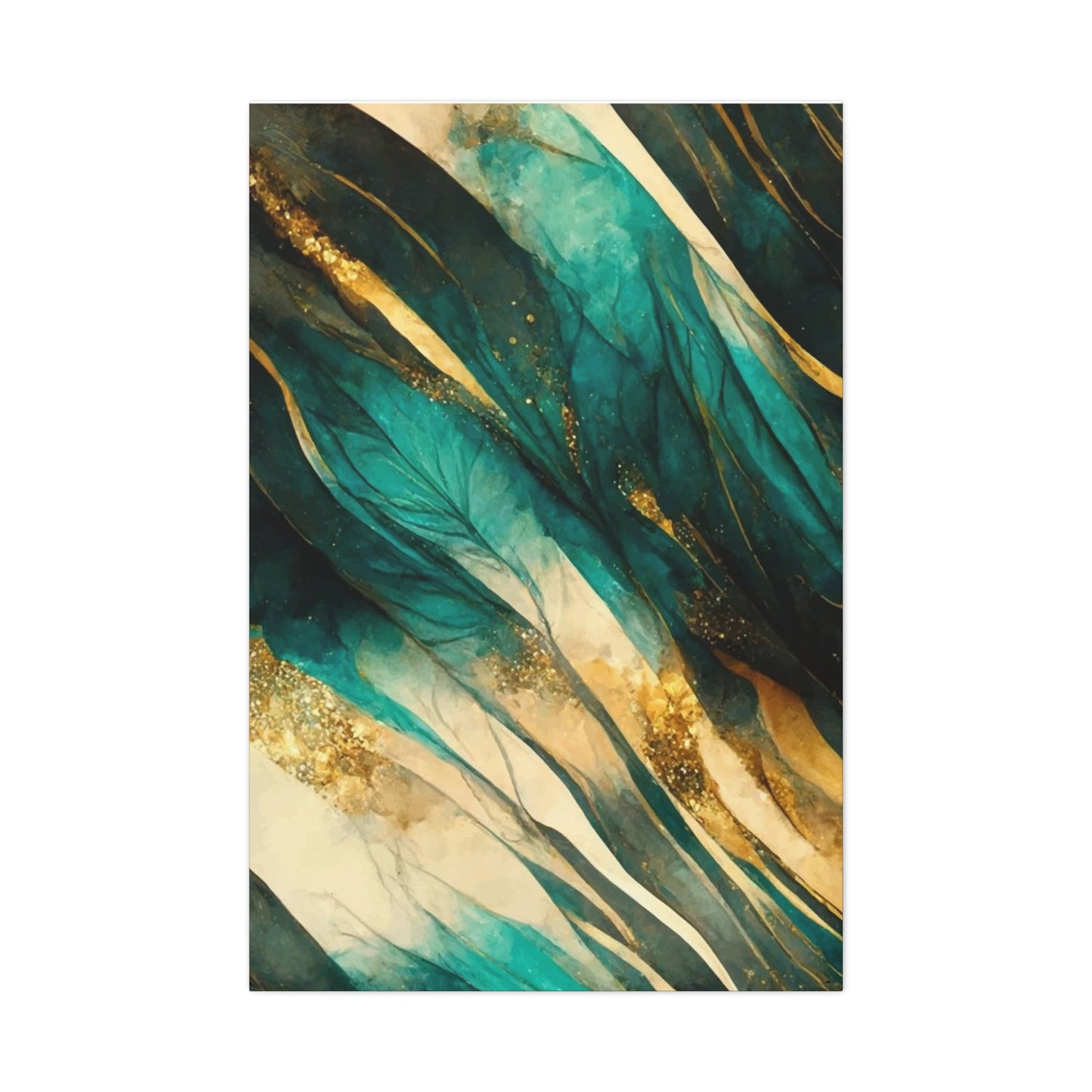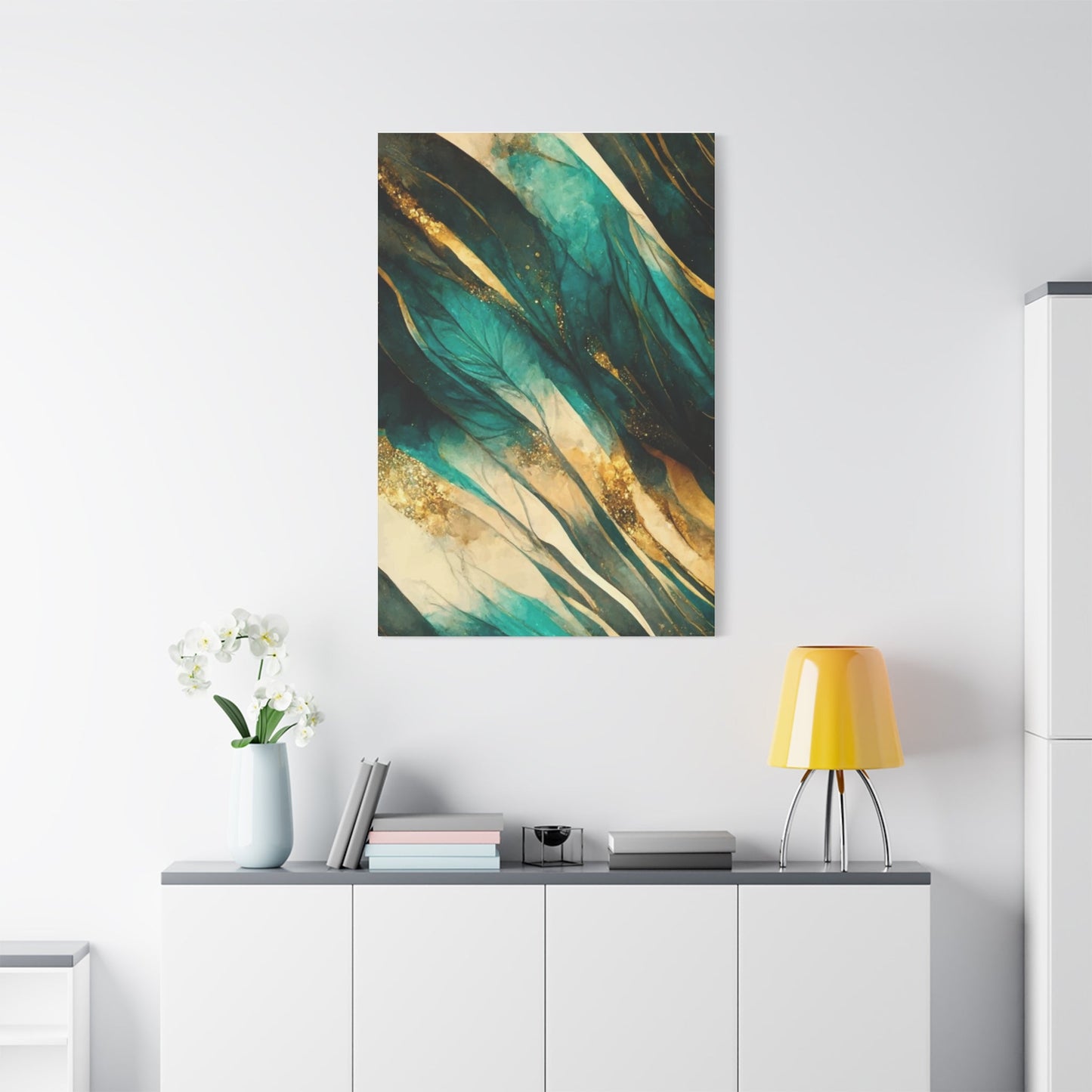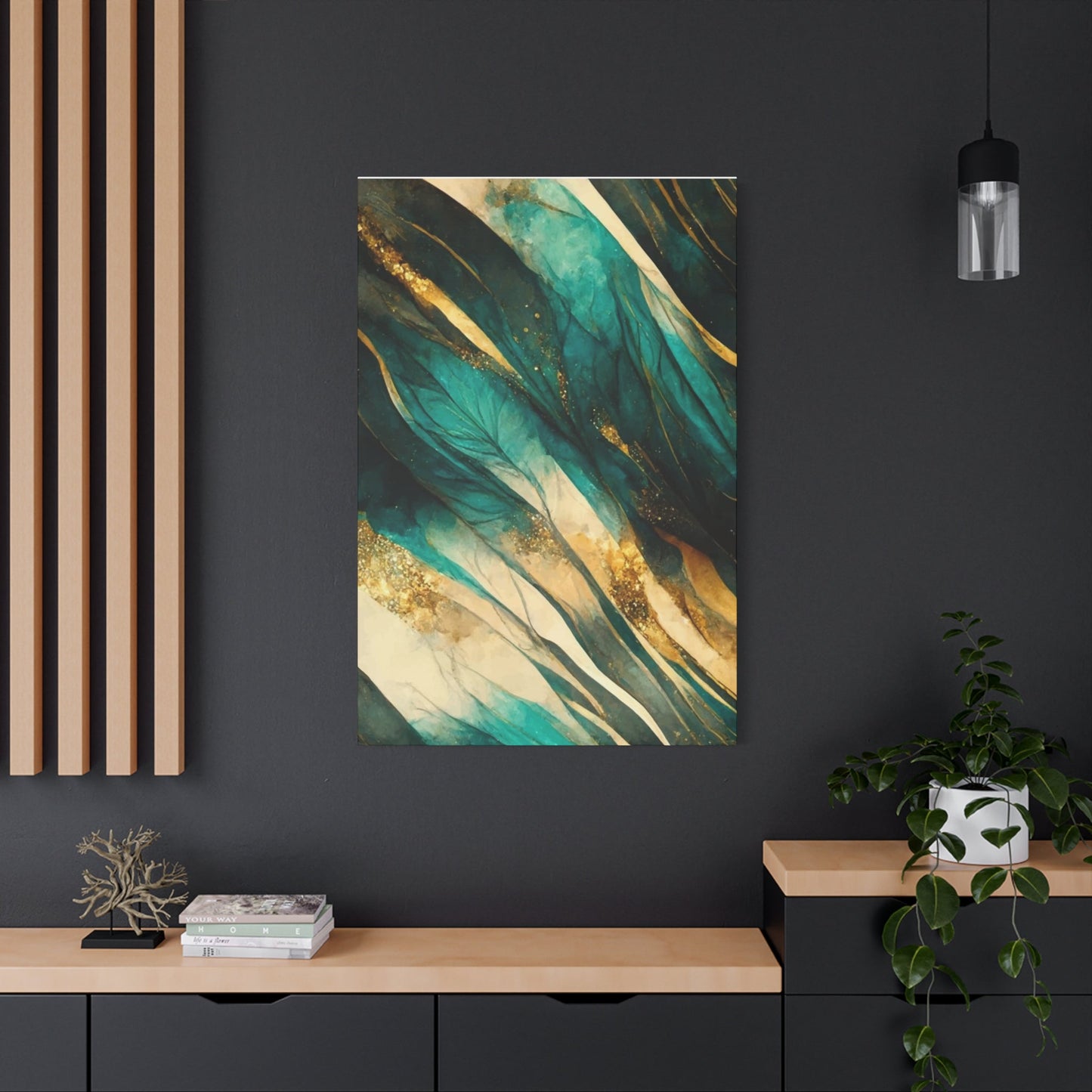Innovative Copper Wall Art Ideas for Contemporary Living
Contemporary homes are increasingly embracing the rich, warm tones and versatile nature of copper wall art. This lustrous metal offers homeowners an opportunity to introduce sophisticated elegance while maintaining a modern aesthetic. Copper wall art serves as a bridge between traditional craftsmanship and contemporary design principles, creating focal points that captivate and inspire.
The appeal of copper wall art lies in its unique ability to evolve over time, developing natural patina that adds character and depth to any room. Unlike static decorative elements, copper pieces become living artworks that change and mature alongside your home. This dynamic quality makes copper wall art an investment in both aesthetic beauty and long-term design value.
Modern homeowners are discovering that copper wall art transcends traditional boundaries, working equally well in minimalist lofts, family homes, and professional environments. The metal's inherent warmth counterbalances cool modern materials like concrete and steel, while its reflective properties enhance natural light throughout living areas.
From sleek geometric patterns to flowing organic forms, copper wall art offers endless possibilities for personal expression. Artists and designers are pushing creative boundaries, developing innovative techniques that showcase copper's versatility while honoring its natural beauty. Whether you prefer subtle accents or bold statement pieces, copper wall art provides options that complement every design sensibility.
The growing popularity of sustainable design practices has also contributed to copper wall art's appeal. As an infinitely recyclable material with antibacterial properties, copper aligns with eco-conscious values while delivering stunning visual impact. This combination of environmental responsibility and aesthetic excellence makes copper wall art particularly relevant for today's conscious consumers.
Contemporary Copper Wall Art Concepts
Modern copper wall art has evolved far beyond traditional hammered panels and decorative plates. Today's innovative designs embrace contemporary aesthetics while celebrating copper's inherent beauty. Artists are experimenting with mixed media approaches, combining copper with glass, wood, and other metals to create multi-dimensional pieces that capture light and shadow in compelling ways.
Three-dimensional copper installations are gaining popularity in contemporary homes, offering sculptural elements that extend beyond the wall surface. These pieces create dynamic shadows and light patterns throughout the day, effectively transforming static wall treatments into ever-changing artistic displays. The interplay between copper's warm tones and natural light creates atmospheric effects that enhance the overall ambiance of living areas.
Digital fabrication techniques are opening new possibilities for copper wall art creation. Laser cutting and water jet cutting allow for intricate patterns and precise geometric forms that would be impossible to achieve through traditional metalworking methods. These technological advances enable artists to create complex designs while maintaining the organic warmth that makes copper so appealing.
Textural variations in copper wall art are becoming increasingly sophisticated. Artists are employing various finishing techniques including brushing, hammering, etching, and chemical treatments to create surfaces that invite both visual and tactile exploration. These varied textures catch and reflect light differently, adding depth and interest to copper installations.
Modular copper wall art systems are emerging as practical solutions for modern living. These adaptable designs allow homeowners to reconfigure their wall treatments as needs and preferences evolve. Individual copper elements can be rearranged, added to, or reduced, providing flexibility that traditional fixed installations cannot offer.
The integration of LED lighting within copper wall art creates stunning effects after dark. Backlighting copper panels reveals subtle color variations and surface textures while creating dramatic silhouettes. Edge lighting can emphasize the contours of sculptural pieces, adding another dimension to the viewing experience.
Scale considerations are crucial in contemporary copper wall art installations. Large-scale pieces make bold statements in spacious environments, while smaller clustered arrangements can create intimate focal points. The key lies in understanding how copper's reflective properties interact with room proportions and lighting conditions.
Color coordination with existing palettes requires careful consideration. Copper's natural tones range from bright penny copper through deep browns and rich greens as patina develops. Understanding these color variations helps ensure copper wall art enhances rather than clashes with established design schemes.
Contemporary copper wall art often incorporates negative space as a design element. Cut-out patterns and open frameworks create visual lightness while maintaining material presence. This approach works particularly well in modern environments where visual breathing room is valued.
The mounting and installation of contemporary copper wall art has become increasingly sophisticated. Modern hardware systems allow for clean, minimalist installations that don't detract from the artwork itself. Floating mount systems create the illusion that copper pieces are suspended directly from the wall surface.
Incorporating Copper Elements in Modern Home Design
Successfully integrating copper wall art into modern home design requires understanding how this versatile metal interacts with contemporary materials and color palettes. Copper's warm undertones provide natural contrast to popular modern finishes like stainless steel, concrete, and glass, creating visual interest without overwhelming other design elements.
The key to effective copper integration lies in strategic placement and proportional balance. In open-plan living environments, copper wall art can serve as wayfinding elements, subtly defining different functional areas while maintaining visual flow. A well-positioned copper installation can anchor a seating arrangement or highlight architectural features without creating barriers.
Lighting design plays a crucial role in showcasing copper wall art effectively. Natural light reveals copper's full color spectrum throughout the day, while artificial lighting can be positioned to emphasize texture and dimensional qualities. Track lighting, picture lights, and ambient illumination each offer different ways to enhance copper's visual impact.
Color temperature considerations are essential when selecting complementary lighting for copper installations. Warm white LED lights enhance copper's natural tones, while cooler light sources can create interesting contrast effects. Programmable lighting systems allow for experimentation with different moods and atmospheres.
The relationship between copper wall art and furniture selection requires thoughtful coordination. Modern furniture with clean lines and neutral tones provides an excellent backdrop for copper's organic qualities. However, careful attention must be paid to avoiding color conflicts, particularly with wood finishes that might compete rather than complement copper tones.
Textile selections can either enhance or detract from copper wall art installations. Natural fibers in neutral tones typically work well, while synthetic materials in competing warm tones may create visual confusion. The goal is to create harmony rather than competition between different design elements.
Scale relationships between copper wall art and surrounding elements affect overall room proportions. Large copper installations require adequate visual breathing room, while smaller pieces may benefit from grouping or clustering to achieve appropriate visual weight. Understanding these relationships prevents installations from appearing either overwhelming or insignificant.
The reflective properties of copper can be used strategically to enhance natural light distribution throughout modern homes. Positioning copper wall art to catch and redirect sunlight can brighten darker areas and create dynamic lighting effects that change throughout the day.
Copper's antimicrobial properties make it particularly suitable for high-touch areas in modern homes. Wall art installations near entrances, kitchens, and bathrooms benefit from copper's natural ability to resist bacterial growth, combining aesthetic appeal with practical functionality.
Maintenance considerations should influence both design choices and placement decisions. Copper wall art in high-humidity environments will develop patina more quickly, while pieces in dry conditions will maintain their original color longer. Understanding these factors helps homeowners make informed decisions about desired outcomes.
The acoustic properties of copper can contribute to sound management in modern open-plan homes. Textured copper surfaces can help break up sound reflections, while curved copper installations may redirect sound waves beneficially. These functional considerations add value beyond purely aesthetic benefits.
Seasonal lighting changes affect how copper wall art appears throughout the year. Summer's intense light may wash out subtle copper tones, while winter's lower light levels can make copper appear richer and more saturated. Planning installations with these variations in mind ensures year-round visual satisfaction.
Emerging Copper Design Trends for 2025
The copper design landscape is experiencing significant evolution as we move through 2025, with several key trends shaping how homeowners and designers approach copper wall art. Mixed-metal compositions are becoming increasingly sophisticated, with copper serving as the warm counterpoint to cooler metals like brushed aluminum and blackened steel.
Organic geometry represents a major trend direction, combining the precision of geometric forms with flowing, natural curves reminiscent of copper's molten state. These designs bridge the gap between industrial aesthetics and biophilic design principles, creating pieces that feel both contemporary and connected to natural processes.
Sustainable sourcing and recycled copper content are becoming important considerations for environmentally conscious consumers. Artists and manufacturers are developing new techniques for incorporating reclaimed copper into wall art designs, often highlighting the material's history through intentional patina variations and surface textures.
Digital integration is emerging as a significant trend, with copper wall art incorporating LED displays, programmable lighting, and even interactive elements. These hybrid pieces combine traditional metalworking craftsmanship with modern technology to create responsive installations that adapt to user preferences and environmental conditions.
Modular and reconfigurable systems are gaining popularity among homeowners who value flexibility. These designs allow copper wall art installations to evolve over time, with individual components that can be rearranged, supplemented, or replaced as tastes and needs change.
Micro-architecture influences are appearing in copper wall art, with pieces that incorporate architectural elements like miniature beams, columns, and arches. These designs create depth and shadow play while referencing larger architectural forms in compact formats suitable for residential installation.
Collaborative artisan pieces are trending upward, combining copper with materials like reclaimed wood, natural stone, and hand-blown glass. These collaborations celebrate multiple craft traditions while creating unique pieces that cannot be mass-produced.
Minimalist copper expressions are finding new audiences, with designs that emphasize negative space, subtle textures, and refined proportions. These pieces appeal to homeowners who appreciate copper's warmth but prefer understated artistic statements.
Biomorphic forms inspired by natural processes are becoming more prominent in copper wall art. These designs may reference cellular structures, water patterns, or geological formations, creating pieces that feel organic despite their metallic composition.
Smart home integration is beginning to appear in high-end copper installations, with pieces that respond to environmental conditions, time of day, or user commands. These technologically enhanced artworks represent the cutting edge of decorative metalwork.
Cultural fusion designs are incorporating techniques and aesthetic influences from various global traditions, creating copper wall art that reflects our increasingly connected world. These pieces often combine traditional metalworking methods with contemporary design sensibilities.
Kinetic elements are being integrated into static copper installations, creating pieces that move with air currents or mechanical systems. These dynamic artworks add temporal dimension to wall-mounted displays.
Scale experimentation is pushing boundaries in both directions, with micro-detailed pieces requiring close viewing and room-spanning installations that function as architectural elements. This range expansion provides options for every design context and budget level.
Creating Handmade Copper Wall Art Projects
Crafting copper wall art offers rewarding opportunities for creative expression while developing valuable metalworking skills. Basic copper working requires minimal initial investment in tools and materials, making it accessible for beginners interested in exploring this versatile medium. Understanding copper's properties and behavior is essential for successful project completion.
Essential tools for copper wall art creation include metal snips, hammers of various weights, stakes and forms for shaping, and files for finishing work. A propane torch enables heat treating and patina development, while safety equipment including gloves and eye protection ensures secure working conditions. Quality tools make projects more enjoyable and produce better results.
Project planning begins with design development and material selection. Copper thickness affects both workability and final appearance, with lighter gauges easier to manipulate but potentially lacking structural integrity for larger pieces. Design complexity should match skill level, with beginners focusing on simpler geometric forms before attempting intricate details.
Template creation helps ensure accuracy and consistency in copper wall art projects. Paper templates allow for design refinement before committing to metal cutting, while cardboard templates provide more durable guides for repeated use. Proper templates reduce material waste and improve final results.
Cutting techniques vary depending on copper thickness and design complexity. Hand snips work well for light gauge copper and simple shapes, while heavier materials may require power shears or cutting wheels. Clean, precise cuts reduce finishing work and improve overall project quality.
Forming techniques transform flat copper sheets into dimensional artworks. Cold forming using hammers and stakes creates gentle curves and textures, while heat can make copper more malleable for complex shaping. Understanding when to apply heat versus cold working prevents material damage and achieves desired results.
Surface texturing adds visual interest and tactical appeal to copper wall art projects. Hammering creates varied surface patterns, while stamping tools produce regular geometric textures. Chemical etching enables fine detail work that would be difficult to achieve through mechanical means.
Joining methods allow for complex multi-piece copper installations. Mechanical fasteners provide removable connections, while soldering creates permanent bonds suitable for intricate assemblies. Riveting offers both functional and decorative joining options that complement copper's industrial heritage.
Finishing processes significantly affect final appearance and longevity. Polishing reveals copper's natural luster, while brushing creates directional texture that catches light uniformly. Chemical patina treatments accelerate natural aging processes, allowing artists to achieve specific color effects immediately.
Mounting considerations are crucial for safe and attractive installation. Wall anchors must support the weight of copper artworks while remaining visually unobtrusive. French cleat systems provide secure mounting with easy removal capabilities for maintenance or relocation.
Safety protocols throughout the creation process protect both artisan and workspace. Proper ventilation prevents inhalation of metal particles and chemical vapors, while organized work areas reduce accident risks. Understanding copper's properties helps avoid common mistakes that could damage projects or cause injury.
Quality control throughout the creation process ensures professional results. Regular inspection identifies problems early when corrections are still feasible, while systematic approaches to each process step maintain consistency across projects.
Documentation of successful techniques and processes helps build skills over time. Photo records of techniques and results provide reference material for future projects, while written notes capture insights that might otherwise be forgotten.
Copper's Role in Minimalist Design Philosophy
Minimalist design philosophy emphasizes essential elements while eliminating superfluous details, and copper wall art can play a crucial role in achieving this aesthetic when thoughtfully implemented. The key lies in understanding how copper's inherent warmth and organic properties can enhance rather than overwhelm minimalist environments.
Material authenticity is central to minimalist philosophy, and copper delivers this quality naturally. Unlike materials that attempt to mimic other substances, copper presents itself honestly, with surface variations and patina development that reflect natural processes. This authenticity aligns with minimalist values of truth to materials and functional beauty.
Color restraint in minimalist environments typically favors neutral palettes, and copper's warm tones can provide accent color without introducing visual chaos. A single well-placed copper installation can serve as the sole warm element in a cool-toned minimalist room, creating subtle but meaningful contrast.
Form simplification is essential when incorporating copper into minimalist designs. Clean geometric shapes, unadorned surfaces, and precise proportions honor minimalist principles while showcasing copper's natural beauty. Excessive ornamentation or complex details contradict minimalist philosophy and should be avoided.
Functional integration ensures copper wall art serves purposes beyond mere decoration in minimalist environments. Pieces might incorporate lighting elements, serve as sound dampening features, or provide subtle room division while maintaining visual openness. This multi-functionality aligns with minimalist efficiency values.
Scale consideration becomes particularly important in minimalist settings where every element receives heightened attention. Copper installations must be appropriately sized for their environment, neither overwhelming the sense of spaciousness nor appearing insignificant against minimal backdrops.
Negative space utilization in copper wall art can reinforce minimalist principles by creating breathing room within the artwork itself. Cut-out patterns, open frameworks, and sparse compositional arrangements allow wall surfaces to remain visually accessible while providing metallic accent elements.
Installation precision is crucial in minimalist environments where imperfections become immediately apparent. Clean mounting systems, perfect alignment, and flawless finish work are non-negotiable requirements for successful minimalist copper installations.
Maintenance simplicity aligns with minimalist lifestyle preferences. Copper pieces that require minimal care or that age gracefully without intervention suit minimalist philosophies better than high-maintenance artworks requiring frequent attention.
Visual hierarchy in minimalist rooms often relies on subtle material differences rather than color or pattern variations. Copper's unique reflective properties can create focal points through light interaction rather than bold visual statements, maintaining overall restraint while providing interest.
Seasonal adaptability allows copper wall art to remain relevant throughout changing conditions in minimalist environments. Pieces that look appropriate in both summer's bright light and winter's subdued illumination provide consistent aesthetic value across time.
Long-term sustainability concerns matter greatly in minimalist philosophy, which values quality over quantity and longevity over trends. Copper's durability and timeless appeal make it an appropriate choice for minimalist homeowners committed to thoughtful consumption.
The editing process becomes crucial when incorporating copper into established minimalist environments. Each potential addition must be carefully evaluated for necessity and appropriateness, with the understanding that less is truly more in minimalist contexts.
Thermal Qualities and Comfort of Copper Artwork
Copper's thermal properties contribute significantly to the comfort and ambiance of residential environments, offering benefits that extend far beyond visual appeal. Understanding how copper wall art affects room temperature and thermal comfort can help homeowners make informed decisions about placement and design.
Heat conduction characteristics of copper allow wall-mounted pieces to respond quickly to environmental temperature changes. During sunny periods, copper installations warm noticeably, radiating gentle heat that can contribute to room comfort. This thermal responsiveness creates subtle environmental variations that many find pleasing and natural.
Radiant warming effects from copper wall art become particularly noticeable during cooler months when the metal absorbs and redistributes available heat sources. Pieces positioned to receive morning or afternoon sunlight can continue radiating warmth long after direct illumination ends, extending comfortable conditions naturally.
Thermal mass properties of substantial copper installations help moderate temperature fluctuations in residential environments. Large copper wall pieces absorb excess heat during warm periods and release stored thermal energy when ambient temperatures drop, contributing to more stable indoor conditions.
Surface temperature variations across copper installations create micro-climates that affect perceived comfort in their immediate vicinity. Areas near copper wall art often feel slightly warmer and more inviting, making them preferred spots for seating or relaxation activities.
Humidity interaction with copper surfaces can influence local moisture levels and air quality. Copper's antimicrobial properties become more active in humid conditions, while its surface characteristics may affect moisture condensation patterns in certain environments.
Seasonal thermal behavior of copper wall art varies significantly between summer and winter conditions. Understanding these patterns helps homeowners optimize placement for year-round comfort and aesthetic satisfaction. Pieces that provide welcome warmth in winter may become uncomfortably hot during peak summer conditions.
Air circulation around copper installations affects both thermal performance and comfort outcomes. Proper placement ensures adequate airflow while maximizing beneficial thermal effects. Blocked or restricted air movement can create hot spots or prevent effective heat distribution.
Comfort zone enhancement through strategic copper placement can improve the usability of marginal areas in homes. Cool corners or drafty locations may become more comfortable and inviting with appropriately positioned copper wall art that provides localized thermal benefits.
Building envelope interaction between copper installations and home heating systems can create synergistic effects. Copper pieces positioned near heating vents or radiators can help distribute warmth more evenly throughout living areas while reducing energy consumption.
Thermal comfort perception involves psychological as well as physical factors, and copper's warm visual appearance can enhance feelings of comfort even when actual temperature changes are minimal. This psychological warming effect contributes to overall satisfaction with copper installations.
Energy efficiency implications of copper wall art include both positive and negative considerations. While thermal mass and radiant properties can reduce heating demands, reflective surfaces might also redirect solar gain in ways that affect cooling requirements during summer months.
Measurement and monitoring of thermal effects helps homeowners understand how copper installations perform in their specific environments. Simple temperature logging can reveal patterns and optimize placement decisions for maximum comfort benefits.
Health and wellness connections between thermal comfort and copper installations extend beyond simple temperature regulation to include improved circulation, reduced muscle tension, and enhanced relaxation responses associated with gentle radiant warming.
Geometric Copper Pattern Innovations
Contemporary geometric copper wall art represents a fascinating intersection of mathematical precision and organic material properties. Modern designers are pushing creative boundaries by developing innovative pattern systems that celebrate both copper's natural characteristics and geometric principles, resulting in installations that are both intellectually engaging and visually stunning.
Fractal geometry applications in copper wall art create self-similar patterns that maintain visual interest across multiple scales. These designs often start with simple geometric modules that repeat and subdivide according to mathematical rules, producing complex compositions from elementary building blocks. The interplay between copper's warm tones and precise geometric relationships creates particularly compelling effects.
Parametric design tools are enabling unprecedented complexity in geometric copper patterns. Computer-aided design software allows artists to explore vast arrays of geometric possibilities while maintaining precise control over proportions, relationships, and fabrication requirements. These digital tools bridge the gap between conceptual geometry and physical copper fabrication.
Tessellation patterns adapted for copper wall art draw inspiration from both natural forms and mathematical principles. Honeycomb structures, Penrose tilings, and Islamic geometric traditions provide rich sources of pattern ideas that translate beautifully into copper installations. The challenge lies in adapting two-dimensional patterns for three-dimensional copper implementation.
Modular geometric systems offer flexibility and scalability in copper wall art installations. Individual geometric units can be combined in various configurations to create custom compositions suited to specific architectural contexts. This approach allows homeowners to start with smaller installations and expand over time.
Light interaction with geometric copper patterns creates dynamic shadow effects that change throughout the day. Raised geometric elements cast shadows that shift and transform, effectively animating static installations through natural light movement. Strategic orientation of geometric patterns can enhance these effects dramatically.
Precision fabrication requirements for geometric copper patterns demand high-quality tooling and careful quality control. Laser cutting and water jet cutting technologies enable the precision necessary for complex geometric forms, while traditional handwork adds subtle irregularities that prevent geometric patterns from appearing mechanical.
Mathematical inspiration for copper pattern design comes from diverse sources including crystalline structures, cellular automata, and topological forms. Each mathematical system offers unique aesthetic possibilities while maintaining the logical consistency that makes geometric patterns so satisfying to view.
Scale transition challenges in geometric copper patterns require careful attention to visual hierarchy and detail resolution. Patterns that work effectively at small scales may lose impact when enlarged, while large-scale geometric forms may appear crude when reduced. Successful designs maintain visual coherence across scale changes.
Color variation within geometric patterns can be achieved through controlled patina development or selective surface treatments. Different geometric zones can be treated to develop distinct patina colors, creating subtle chromatic variations that enhance pattern recognition while maintaining overall unity.
Assembly complexity in geometric copper installations varies greatly depending on pattern sophistication and dimensional requirements. Simple geometric patterns may require only basic mounting hardware, while complex three-dimensional geometric forms demand sophisticated assembly systems and structural support.
Pattern evolution possibilities allow geometric copper installations to change over time through modular addition or reconfiguration. Initial installations can serve as foundations for future expansion, with new geometric elements added to create increasingly complex compositions.
Visual psychology of geometric patterns affects viewer response and perception. Regular geometric patterns tend to create feelings of order and stability, while more complex or irregular geometric arrangements may generate visual excitement and curiosity. Understanding these effects helps guide design decisions.
Integration with architecture requires careful consideration of existing geometric elements in building design. Copper geometric patterns should complement rather than compete with architectural geometry, creating harmonious relationships that enhance both the artwork and its architectural context.
Copper Accents in Living Room Design
Living rooms serve as the primary social gathering areas in most homes, making them ideal locations for impactful copper wall art installations. The warm, inviting nature of copper naturally complements the comfortable, welcoming atmosphere that most homeowners want to create in their main living areas.
Focal point creation through strategic copper placement can anchor furniture arrangements and define conversation areas. A substantial copper installation above a fireplace or sofa creates visual weight that balances room proportions while providing a natural gathering point for social interactions.
Light reflection properties of copper enhance natural illumination in living rooms throughout the day. Positioning copper wall art to catch and redirect sunlight can brighten seating areas and reduce reliance on artificial lighting during daytime hours. This natural light enhancement contributes to energy efficiency and visual comfort.
Color coordination with existing living room palettes requires careful consideration of copper's warm undertones. Earth tone color schemes naturally accommodate copper accents, while cooler color palettes benefit from copper's warming influence. The key lies in achieving balance rather than color dominance.
Scale proportions in living room copper installations must account for furniture arrangements and traffic flow patterns. Large rooms can accommodate substantial copper pieces that might overwhelm smaller environments, while intimate living areas may benefit from smaller, more delicate copper accents.
Furniture compatibility considerations affect both aesthetic and practical aspects of copper wall art placement. Copper's warm tones complement wood furniture beautifully, while its reflective properties can enhance glass and metal furnishings. Positioning must allow for furniture rearrangement without creating visual conflicts.
Entertaining enhancement through copper installations can improve social atmosphere and conversation facilitation. Copper's warm glow creates intimate lighting conditions that encourage relaxation and social interaction, while interesting textures and patterns provide conversation starters for guests.
Technology integration in modern living rooms requires careful coordination with copper wall art installations. Television placement, speaker systems, and smart home devices must coexist harmoniously with copper accents without creating visual or functional conflicts.
Seasonal decoration compatibility ensures copper installations remain appropriate throughout changing holiday and seasonal decorating schemes. Copper's neutral yet warm characteristics make it adaptable to most seasonal color palettes and decorative themes.
Traffic flow considerations prevent copper installations from interfering with movement patterns in busy living rooms. Protruding elements or sharp edges must be positioned safely away from high-traffic areas, while low-mounted pieces should avoid conflicts with furniture placement.
Maintenance accessibility in living room settings requires planning for regular cleaning and care activities. Installations should be positioned for safe cleaning without furniture moving requirements, while protective measures may be necessary in homes with children or pets.
Investment value in living room copper installations tends to be higher than in less visible areas due to increased viewing time and social impact. Quality pieces in prominent living room locations provide maximum return on aesthetic and financial investments.
Future flexibility allows for living room design evolution without compromising copper installations. Modular systems or easily relocated pieces adapt to changing furniture arrangements and design preferences over time, protecting long-term investment value.
Industrial Aesthetic with Copper Elements
The industrial design aesthetic embraces raw materials, exposed structural elements, and utilitarian forms, making copper wall art a natural complement to this popular style. Copper's manufacturing heritage and metallic properties align perfectly with industrial design principles while adding warmth to potentially austere environments.
Raw material celebration is central to industrial aesthetics, and copper delivers this quality through its honest presentation of metallic properties. Exposing copper's natural surface variations, tool marks, and aging characteristics honors industrial design values of material authenticity and manufacturing transparency.
Structural integration of copper wall art into industrial design schemes can reference building systems and mechanical elements. Copper installations might incorporate pipe-like forms, bracket details, or connection methods that echo industrial infrastructure while serving purely decorative purposes.
Factory-inspired copper designs draw aesthetic cues from industrial equipment, machinery, and production environments. Perforated copper panels reference equipment ventilation, while geometric patterns might suggest gear mechanisms or structural frameworks found in manufacturing facilities.
Mixed media approaches combine copper with industrial materials like concrete, steel, and reclaimed wood to create layered compositions that reflect industrial environments' material diversity. These combinations create visual interest while maintaining overall aesthetic coherence.
Patina control in industrial settings often favors natural aging processes that suggest long service life and authentic wear patterns. Accelerated patina treatments can create the appearance of aged industrial equipment, while protective coatings may preserve original copper appearance where appropriate.
Lighting integration with industrial copper installations frequently employs exposed bulb fixtures, track systems, and other utilitarian lighting approaches. Industrial-style lighting complements copper's metallic properties while maintaining overall design consistency.
Workshop aesthetics influence copper wall art design through references to tools, workbenches, and craftsman traditions. These design elements celebrate making and building processes while creating connections to industrial heritage and artisan traditions.
Urban loft compatibility makes copper wall art particularly suitable for converted industrial buildings and modern loft environments. The scale and robustness of industrial copper pieces complement high ceilings and open floor plans common in loft settings.
Mechanical inspiration in copper wall art might reference gears, pistons, valves, and other machine components through abstracted forms and functional details. These design elements create visual connections to industrial processes while maintaining artistic expression.
Durability emphasis in industrial design appreciates copper's longevity and resistance to deterioration. Industrial aesthetic values materials that age gracefully and require minimal maintenance, qualities that copper provides naturally through its inherent properties.
Color palette integration in industrial environments typically favors neutral tones with metallic accents, making copper's warm metallic properties particularly appropriate. Copper provides color interest without conflicting with industrial design's restrained chromatic approach.
Functional beauty principles in industrial design appreciate objects that combine utility with aesthetic appeal. Copper installations that incorporate functional elements like lighting, storage, or acoustic treatment align with industrial values while serving practical purposes.
Combining Different Metals with Copper
Contemporary design increasingly embraces mixed-metal approaches that combine copper with other metallic materials to create rich, layered compositions. Understanding how different metals interact visually and practically enables sophisticated installations that leverage each material's unique properties while maintaining overall harmony.
Metal compatibility considerations address both aesthetic and practical concerns when combining copper with other metals. Galvanic corrosion can occur when dissimilar metals are in electrical contact with moisture present, requiring careful design and installation practices to prevent premature deterioration.
Visual harmony between copper and complementary metals depends on understanding undertones and surface characteristics. Warm metals like brass and bronze naturally harmonize with copper, while cooler metals like stainless steel create striking contrasts that can energize compositions when thoughtfully balanced.
Proportion balance in mixed-metal installations requires careful attention to visual weight distribution and material prominence. Copper might serve as the primary material with metallic accents, or it could function as accent material supporting other metals, depending on overall design objectives and environmental requirements.
Surface finish coordination affects how different metals relate to each other within installations. Matching finish levels between metals creates cohesive appearances, while contrasting finishes can emphasize material differences and create visual hierarchy within compositions.
Thermal expansion differences between metals require consideration in installation design and hardware selection. Different metals expand and contract at different rates with temperature changes, potentially creating stress or movement in rigidly connected mixed-metal systems.
Maintenance complexity increases with mixed-metal installations due to different care requirements for each material. Cleaning products and techniques suitable for copper may be inappropriate for other metals, requiring careful maintenance planning and selective treatment approaches.
Cost considerations in mixed-metal projects reflect the price differences between various metallic materials. Precious metals like silver or gold leaf create dramatic effects but increase project costs significantly, while industrial metals like steel or aluminum provide economical options for large-scale projects.
Design integration challenges require understanding how different metals contribute to overall compositional goals. Each metal should serve a purpose within the design rather than being included simply for variety, ensuring intentional rather than arbitrary material combinations.
Fabrication complexity varies significantly between different metallic materials, affecting project feasibility and cost. Some metals require specialized tools or techniques that may not be readily available, while others integrate easily with standard metalworking practices.
Aging characteristics of different metals create temporal design considerations in mixed-metal installations. While copper develops patina relatively quickly, other metals may remain unchanged for extended periods, potentially creating visual imbalances as installations age.
Cultural associations with different metals can influence perception and appropriateness in various contexts. Understanding these associations helps guide material selection and combination decisions to achieve desired emotional and aesthetic responses.
Electrical properties of mixed-metal installations matter particularly when incorporating lighting or other electrical elements. Different metals have varying conductivity characteristics that may affect electrical system design and safety requirements.
Innovation opportunities in mixed-metal copper installations continue evolving as new materials and techniques become available. Advanced alloys, surface treatments, and joining methods expand possibilities for creative expression while addressing practical implementation challenges.
Copper Wall Art for Professional Environments
Corporate and professional environments present unique opportunities for copper wall art installations that enhance workplace aesthetics while reflecting organizational values and culture. The sophisticated warmth of copper creates welcoming atmospheres that can improve employee satisfaction and client impressions simultaneously.
Brand integration through copper wall art allows organizations to express corporate identity through material choices and design elements. Copper's associations with quality, durability, and craftsmanship align with many professional brand values, while custom designs can incorporate logos, color schemes, or other brand elements.
Productivity enhancement through thoughtful copper installations can contribute to improved workplace satisfaction and performance. Research suggests that attractive work environments positively influence employee mood and productivity, making copper wall art a potentially valuable investment in human resource outcomes.
Client impression management benefits from sophisticated copper installations that demonstrate attention to quality and aesthetic detail. Professional environments that invest in high-quality artwork signal success and stability to clients, potentially influencing business relationships positively.
Acoustic considerations in professional environments make textured copper installations particularly valuable. Copper surfaces can help manage sound reflection and absorption, contributing to improved acoustic comfort in open office environments or conference facilities.
Maintenance practicality becomes crucial in professional settings where appearance consistency matters greatly. Copper installations must maintain professional appearance with minimal maintenance requirements that don't disrupt business operations or require excessive maintenance budgets.
Lighting integration in professional environments often requires coordination with existing lighting systems and energy efficiency requirements. Copper installations that enhance lighting effectiveness can contribute to energy savings while improving visual comfort for building occupants.
Security considerations may affect copper installation design and mounting methods in professional environments. Valuable copper artworks require secure mounting systems that prevent theft while maintaining aesthetic integrity and accessibility for maintenance purposes.
Code compliance requirements in commercial buildings may affect copper installation design and placement. Fire safety codes, accessibility requirements, and building standards must be addressed during planning phases to ensure successful implementation and occupancy approval.
Conclusion
Innovative copper wall art offers a stunning way to elevate contemporary living spaces with warmth, texture, and sophistication. The natural luster and rich tones of copper bring an organic yet modern appeal, perfectly bridging the gap between industrial chic and elegant design. Whether crafted into abstract shapes, geometric patterns, or nature-inspired motifs, copper art pieces add depth and dimension to any wall, becoming captivating focal points.
Incorporating copper wall art into your décor allows you to play with light and shadow, as the metal’s reflective surface interacts beautifully with ambient lighting. This dynamic quality gives each piece a unique presence that can change throughout the day, keeping your interior vibrant and engaging. Furthermore, copper’s durability and timeless appeal ensure that your art investment will age gracefully, gaining character over time.
These innovative designs fit seamlessly into various contemporary styles—from minimalist and mid-century modern to eclectic and industrial—making copper wall art a versatile choice for those looking to add a touch of luxury and creativity to their homes. Beyond aesthetics, copper also symbolizes warmth, healing, and positive energy, enriching your living environment on both a visual and emotional level.
Ultimately, innovative copper wall art transforms plain walls into expressive statements of style and personality. It celebrates craftsmanship and material beauty while enhancing the modern home with a touch of natural elegance and artistic innovation. For anyone seeking to refresh their space with unique, eye-catching décor, copper wall art offers endless inspiration and enduring charm.













